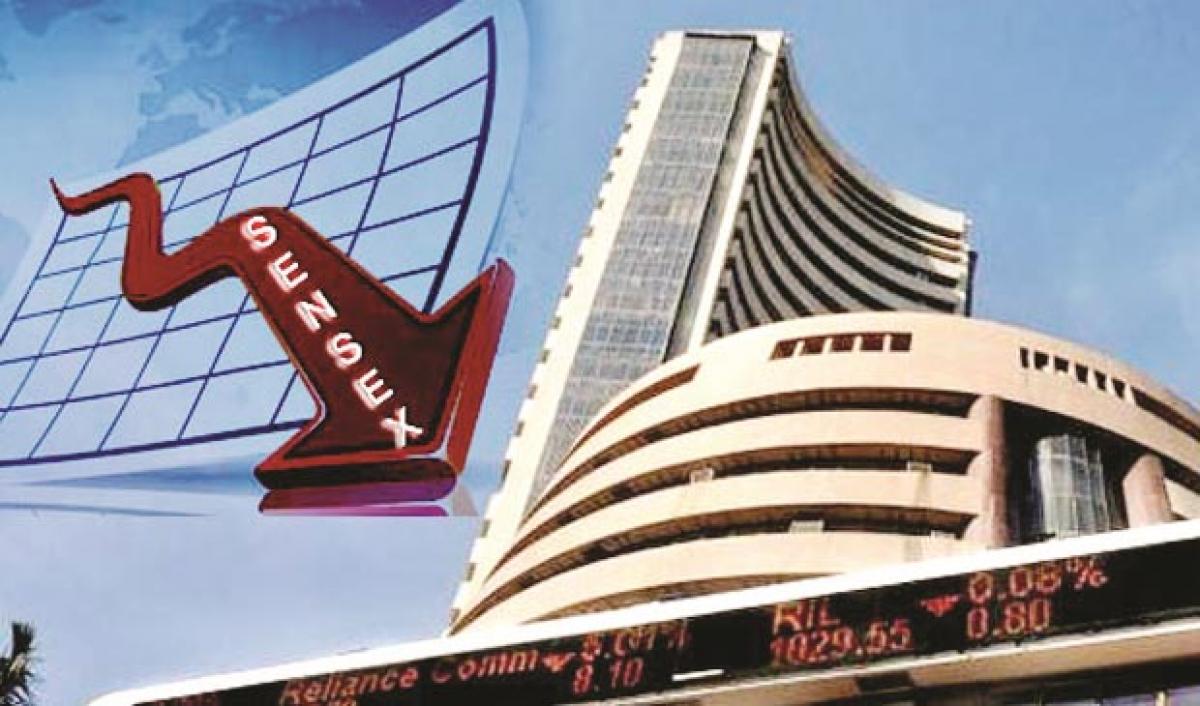Live
- VIP Treatment: Exclusive Benefits for High Rollers in Online Casino
- LS polls: Union Minister Bhagwanth Khuba, Dingaleshwara seer, Priyanka Jarkiholi file nominations in K'taka
- Amid show of strength, Congress’ Praniti Shinde files nomination from Solapur
- Tamil Nadu Police gives clean report to Isha Foundation in missing volunteers case
- Home Minister Amit Shah to address public meeting in Goa on April 24
- Gurgaon Open: M Dharma fires 67 for two-shot lead on penultimate day
- Sharad Pawar made many attempts to finish Shiv Sena, claims Maha minister
- Former England opener Raman Subba Row dies aged 92
- IPL 2024: Impact player rule is affecting the progress of half all-rounders, says Zaheer Khan
- ‘Teppa samudram’ review: Entertains with twists and turns
Just In

When one is driving with all the protective gear in place and following traffic rules and an accident happens, it takes a while to come out of the daze, assess the damage if any, and tend the needful to move again forward. But, if one is hit by a fast moving loco then one could imagine the devastation and the enormity. This is what happened with the recent market turmoil.
After each instance of a domestic stock market correction of over 20 per cent from its peak, Indian bourses bounced back with fervour in a short-period. The last global meltdown brought down markets by 41 per cent in Jan-Mar 2008, but markets thereafter offered lavish returns of 127 per cent in a year and 132 per cent in three years. Similarly, the Feb-Jul 2002 turmoil left the markets nursing 22 per cent losses, but returns stood at 30 per cent in one year
When one is driving with all the protective gear in place and following traffic rules and an accident happens, it takes a while to come out of the daze, assess the damage if any, and tend the needful to move again forward. But, if one is hit by a fast moving loco then one could imagine the devastation and the enormity. This is what happened with the recent market turmoil.
Indian economy is in much better shape in terms of the macro indicators like inflation, fiscal deficit, current account deficit, stable government, overall stability and peace within and with the neighbours. Though, there are pertinent issues relating to the credit uptick, poor monsoon and Industrial/manufacturing production, these factors doesn’t have the potential to derail the financial markets with such proportions of what we’ve recently witnessed.
It started with China, which was slowing down and hence it’s for raw materials and crude. The Chinese currency devaluation led to turf war between exporting nations and worsened with the divergent calls taken by EU, Japan (easing) on one-side and the US (tightening) on the other. For the first time in years, oil (and other commodity markets) has triggered a knee-jerk reaction by the financial markets leading to global sell off, though a blame-game started as the reflexivity set in.
For India, along with the 3Cs of China, Currency and Crude; a fourth ‘C’ added woes in the form of lower corporate earnings, casting darker clouds. So, how should one approach to this turmoil? What should one now do - invest or move out? Are the markets bottomed out or is there a further fall from these levels? These are some of the questions that are haunting the investors now.
Most of the answers rest in history itself. At each instance of a domestic market correction of over 20 per cent from its peak, they bounced back with fervour in a short period. One could take solace from this fact. For instance, in 2001 when markets witnessed a fall of over 30 per cent, the one year returns stood at 14.3 per cent and the three-year’s at whopping 92 per cent. While a Feb-Jul 2002 turmoil left the markets nursing 22 per cent losses, the one year returns from there were at 30 per cent and the three-year returns reached a staggering 106 per cent.
The last global meltdown brought down markets by 41 per cent in Jan-Mar 2008, but markets thereafter offered lavish returns of 127 per cent in a year and 132 per cent in three years since then. One can’t surely predict what could happen with equity markets tomorrow or for that matter the very next moment, all one could certainly do is to have a plan to approach this turmoil. Though can’t exactly pinpoint the bottom, its limited downside risk from here. Some of the best blue-chips which were your favourites are now on a bargain.
Take exposures on a staggered manner to create a portfolio. The tail winds of the lower inflation are already reflecting in the bottom lines of the corporate. RBI’s stand in cleaning up the credit mess would further create flutter but that only brings in realistic valuations to the banks and clarity in further growth. Also, the govt’s initiatives on the GST and bankruptcy law, if yielded, would only make things more convenient for conducting business in India.
Personally, I remain optimist about the growth of India and believe in the Indian story. Stick to the proven route of entering markets in a staggered way, while the current market allows one to lose the purse strings and make good of the opportunity by buying in stocks and MFs. The most important rule is to stay invested and continue to contribute through SIP/STP into the MF. From here on, the rally would be stock-specific and so it would be difficult to find one but offer rich dividends in the coming years.

© 2024 Hyderabad Media House Limited/The Hans India. All rights reserved. Powered by hocalwire.com







